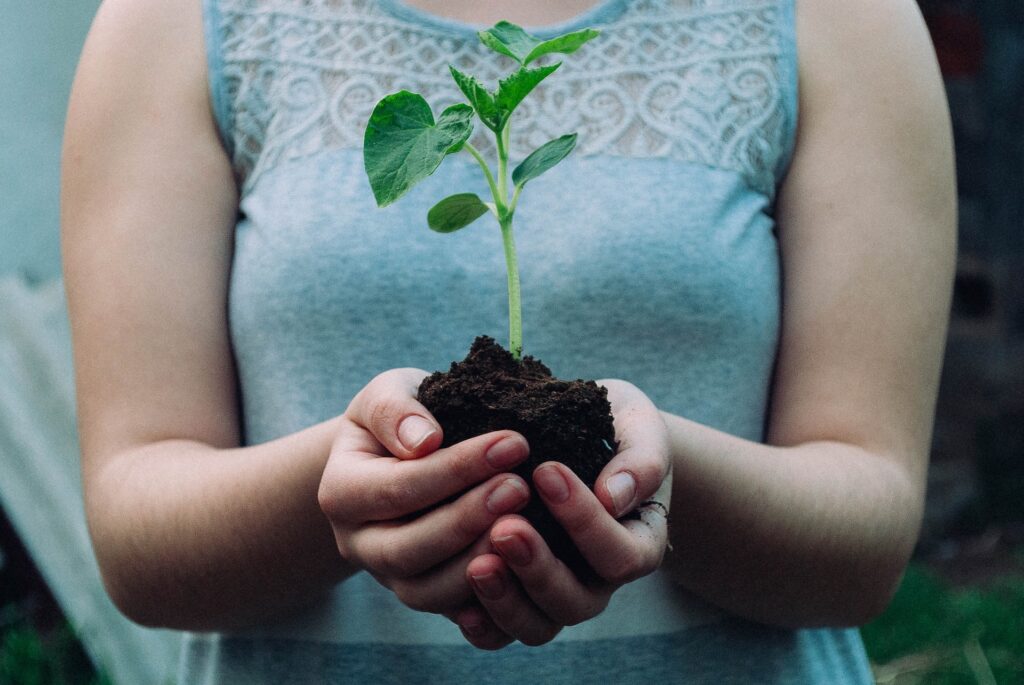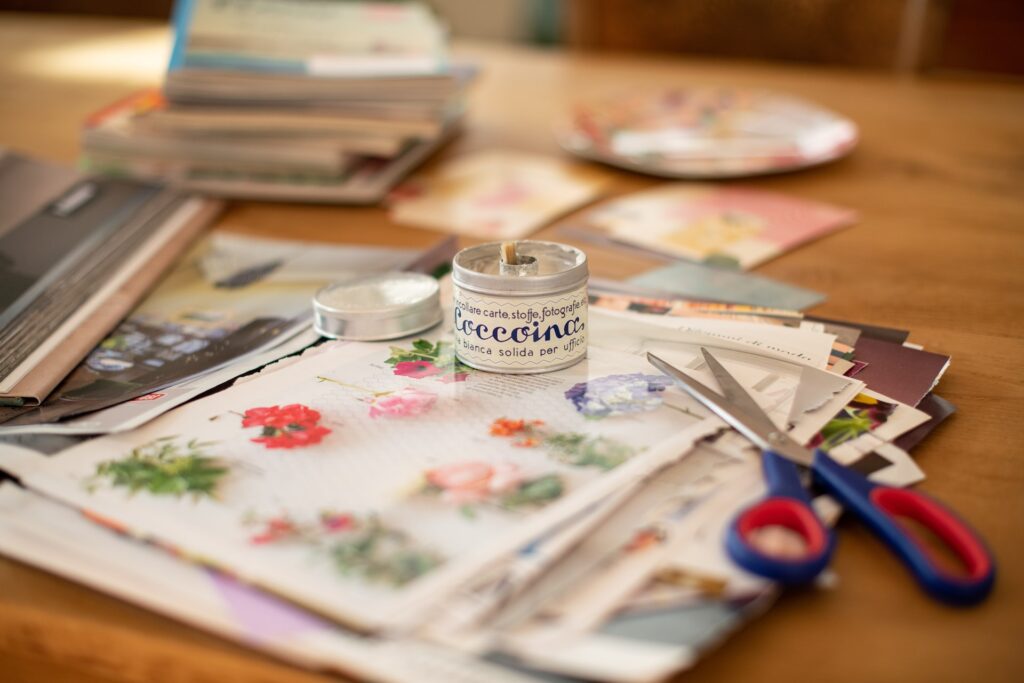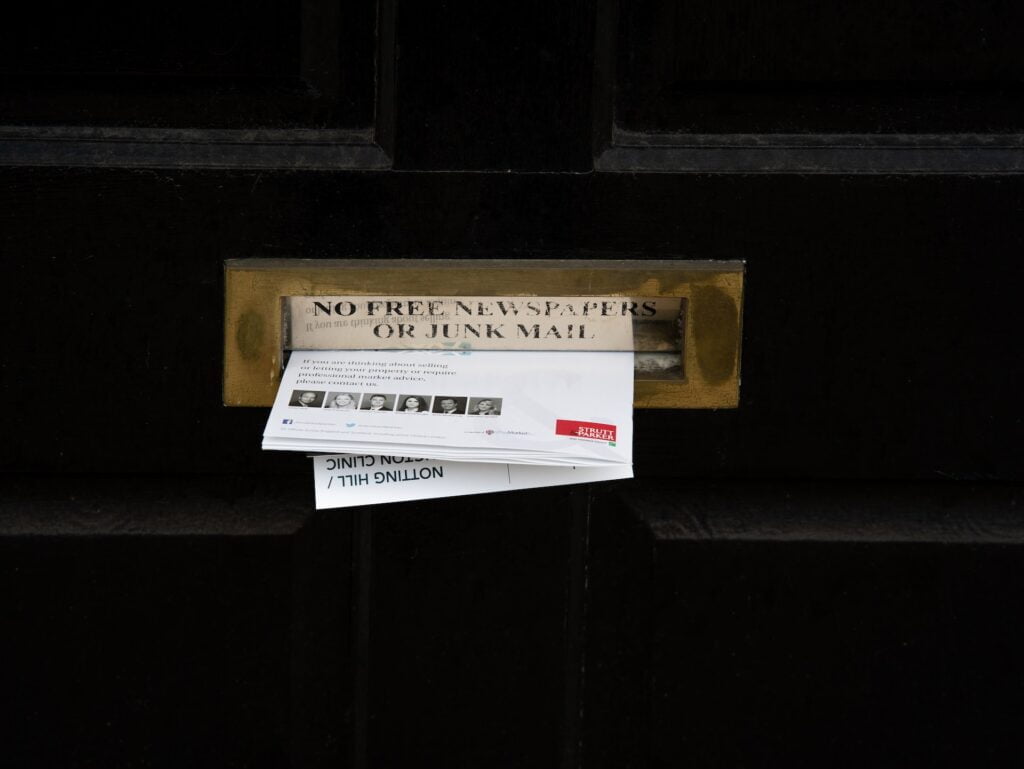Some Simple Ways to Save Trees that You Can Incorpaorate into Daily Life
By William Powell
You might think that your environmental footprint is alright. You might not be aware that you are harming the environment every day. The fact is, we’re living in a world where trees are becoming increasingly precious. Trees are a renewable resource, but they’re not infinite. They take decades to grow and require care and attention to maintain healthy growth.
You’ve heard it a million times: recycle, reduce, reuse, repurpose — we’ve all been there. We understand what’s needed but are not sure how. When most people think about how to help the environment and save trees, their efforts are limited to recycling (or just not littering) and using less energy. These actions are certainly commendable when it comes time to clean up trash or reduce your utility bills, but there’s so much more that can be done to live sustainably. Today we’re going to cover unexpected ways to reduce our consumption of paper and protect trees.
Our List of 15 Simple Ways to Save Trees

When you’re at home, it’s easy to forget that you’re using paper towels every day. Paper towels are made from trees, so using them for every little thing — from drying your hands to cleaning up after dinner — is not good for the environment. Instead, use cloth napkins or handkerchiefs to clean up spills and messes around the house. If you’re planning a party or barbeque, consider getting some cute eco-friendly napkins to use instead of disposable ones.
Toilet paper waste is a huge problem that people don’t talk about enough. About 1.9 million trees are cut down every day to accommodate the global demand for toilet paper. Many people don’t realize that bidets are a great way to cut down on toilet paper use. This is much more sustainable than using disposable wipes or paper towels because you’ll only need to replace your bidet’s filter every few months (instead of buying new rolls of toilet paper every few weeks).
You can save trees and still have the furniture you love. The key to buying sustainable furniture is to look for pieces made from salvaged materials, such as reclaimed wood, bamboo, metal, and vintage items, which can be recycled and reused over and over again.
You can also find furniture made with upcycled materials. These are products that have been re-purposed from other things like old pallets or milk crates. You can even find furniture made from repurposed shipping containers. You don’t have to buy new: you can also keep an eye out for used items at thrift stores or garage sales that would make great additions to your home.
It’s surprising how many crafty people have decided to take their love of crafts one step further by making their own wallpapers out of recycled materials. You can find tutorials online for making your own wallpaper out of old maps, wallpaper samples, book pages, and more. Not only is this a great way to reuse old materials in your home, but it also helps you save money on your decorating budget by giving you another art project to do!

Disposable plates and utensils are convenient, but they contribute to deforestation. Consider using reusable ones that you can wash and reuse again and again. You can also get paper products made from recycled materials that don’t require any more trees to be cut down. If you must use disposable plates or utensils, try composting them instead of throwing them away after one use.
We all know that using plastic shopping bags is a bad idea. But did you know it’s also bad for the trees? You see, when those bags are made from petroleum, they have to be made from oil. And that oil has to come from somewhere — and where do you think it comes from? That’s right: trees.
Reusable shopping bags are a great way to reduce your use of plastic bags. If you buy groceries or go shopping regularly, you will likely accumulate quite a few of both plastic and paper bags over time. Instead, choose reusable shopping bags that can be reused over and over again. You can even get custom-made ones if you want something nicer than the typical canvas bag.
According to the International Airline Travel Association (IATA), if we use e-tickets exclusively, it is possible to save about 50,000 mature trees, which equates to 3 square miles of forestry. When you choose an e-ticket instead of printing an actual ticket, the paper waste is eliminated. This small change can make a big difference when considering the millions of tickets that are sold annually for concerts, sporting events, and other events where printed tickets are unnecessary.
The trend of sending cards in the mail is on the decline, with most people now preferring to use email or social media to send greetings to friends and family. The good news is that there are lots of websites that offer digital greeting cards that you can design online. Each site has its own style and features, but they all allow you to create an original message plus customize the fonts, color schemes, and more without ever touching a printer.
Paper is one of the most environmentally destructive products in production. When you buy a book, you’re not just buying the paper and ink used to make it—you’re also buying all the trees that went into making those materials. If you’re an avid reader, this is a great way to avoid unnecessary waste. They’re easier on the eyes and are more affordable than buying new books all the time. Plus, you don’t need extra packaging material when you buy e-books from Amazon or Barnes & Noble.
Taking notes digitally is less wasteful than taking them by hand because you don’t need to buy paper or ink for each note. Digital notes are also easier to keep track of and organize than physical ones, so you won’t lose any important information. Other than note-taking apps like Evernote and Zoho, an eco-friendly planner is also a great option since they’re reusable, and you can still write by hand.
Cloud storage can be used for all of your important documents, including birth certificates, marriage licenses, insurance documents, medical records, and more. Instead of printing out an email or document when it’s needed, you can store these documents in one place for easy access whenever you need them, and you don’t have to worry about losing them because they’re stored digitally.
If you’re sending a document via e-mail or on a website, gone are the days when you have to print it out first. You can just attach it to your message or upload it directly to cloud storage for people to view it online. If you do need hard copies of something that’s already been printed out, use recycled paper instead of new paper.
Every year, junk mail adds 1 billion pounds of waste to landfills. Stop junk mail by asking the Direct Marketing Association to remove your name from its lists. The DMA offers an online form where you can opt out of receiving pre-approved offers for credit cards, insurance, and other financial services. You can also opt out of catalogs from specific companies. If we stopped receiving unwanted mailings, fewer trees would be harvested, and our forests would be healthier.

Use electronic invoices rather than printed ones whenever possible. Bank and credit card statements, along with utility bills, are just some examples. If you have to receive a physical copy, request that it be sent by email rather than postal mail. Most financial institutions offer this service these days, but you can also find apps that will let you pay bills from your personal device.
Look for FSC-certified products or another third-party certification group’s stamp of approval to ensure it was grown responsibly. This is often called chain of custody certification and means that the wood was harvested using sustainable methods with no further harm done to the forest where it was grown.
Protect the Environment
By choosing to incorporate more sustainable habits into your life, and practicing some of these simple ways to save trees, you can help protect the delicate balance of nature for future generations and fight environmental destruction. Hopefully, these tips will help you to save trees in whatever way that you can. So don’t let your little efforts feel insignificant. When added up, their effects can make a big difference. After all, if every one of us did a little bit more to help save our planet, imagine what we could accomplish as a global community.